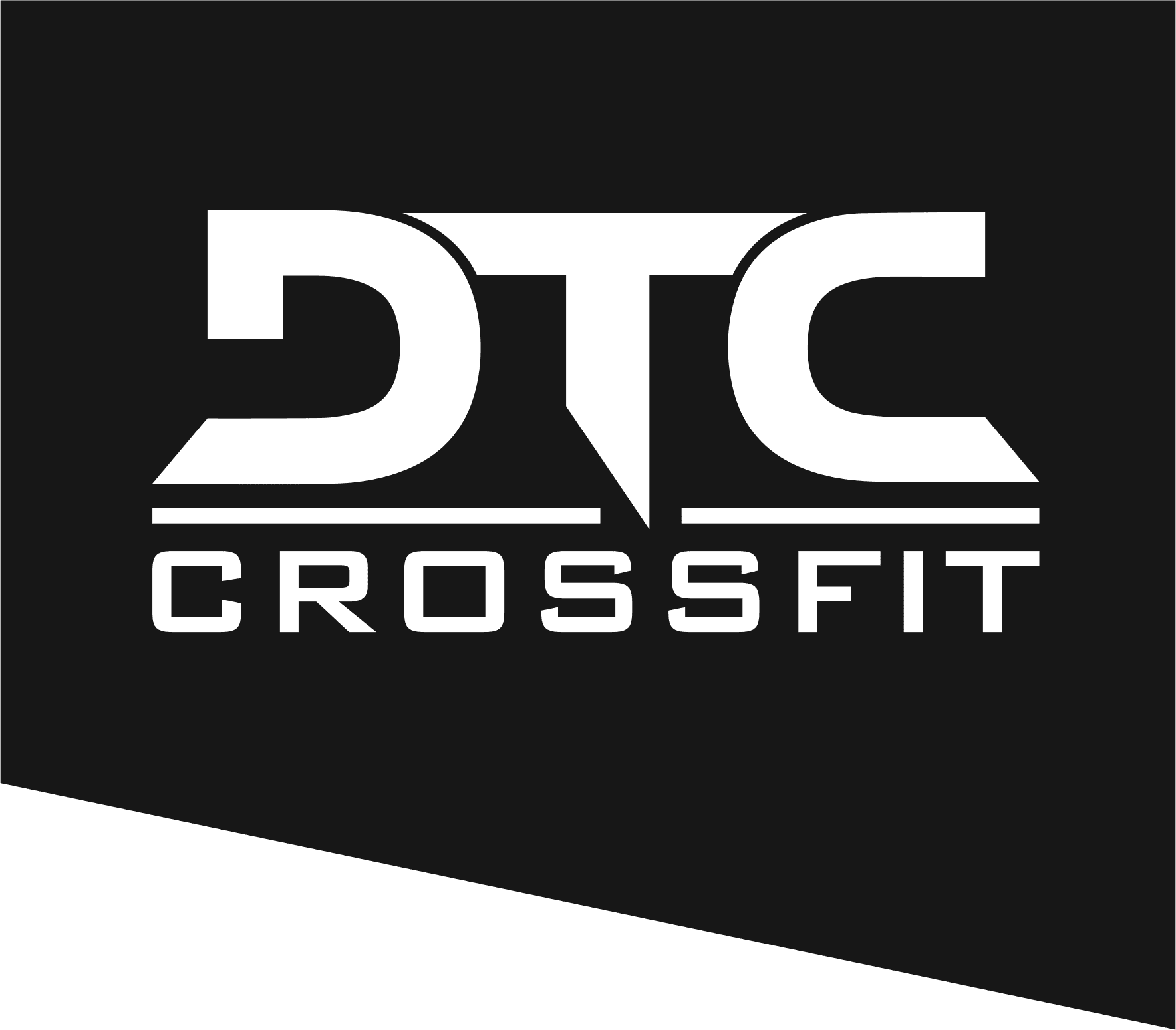Coaches Corner
Rest vs Restore
I talk a lot to my athletes about the importance of making rest and recovery a part of their CrossFit routine. Many know that I am a big believer of simply listening to your body and have found that the 3 days ON / 1 Day OFF / 2 days ON / 1 Day OFF protocol works well for most athletes.
Rest and recovery is very important for keeping the body performing at an optimal level and preventing overtraining, which leads to a plateau or decline in performance, along with many other negatives. But we can’t forget that rest doesn’t mean laying on the couch all day. There is a lot more to it than just relaxing. As an example, I provide active recovery programming on Thursdays, an OFF day for most of my athletes.
I recently came across and article by Greg Everett where he talks about the difference between resting and restoring the body to perform better. Greg is one of the best weightlifting coaches in the world and I hope many of you can take something away from his article. Read below or find it here… enjoy!
Quit Resting So Hard & Restore Instead Greg Everett
Despite the popularity of #maxeveryday and #squateveryday and #killyourselfasquicklyaspossible in the online world of weightlifting these days, I remain a big fan of judicious rest and periodic reductions in intensity and volume. I do laugh to myself, however, when I hear the refrain, you actually get stronger when you’re resting, not when you’re training. This is a misrepresentation of the process at best—you improve while recovering from training, not from resting itself—you have to do something to recover from to get better.
That’s all just loosely related nonsense to get me to this point—rest of the proper amount, frequency and nature is critical for long term success in weightlifting, but it is possible to rest too hard.
I’m talking specifically about rest days in your training program—days on which you have no training prescribed. The most appealing option for most of us is to spend the entire day and night verifying that the couch still works, but this may actually be counterproductive.
Being completely sedentary will tend to slow you down, tighten you up, and limit restoration—in other words, as enjoyable as it is at the time to watch 16 hours of television while refreshing your Instagram feed in 10-second intervals, you’ll typically feel and perform worse in your next training session than if you had performed a little bit of the right activity.
Generally it’s a good idea to engage in some type of physical activity—the trick is moving in a way that’s restorative and not fatiguing. The obvious elements of this are extremely low intensity and low volume, but other considerations are limiting slow or loaded eccentric loading in particular and minimizing ballistic motion or impact.
As examples, light rowing, walking on a level surface or easy swimming are low intensity activities with little (or essentially no in the case of rowing and swimming) eccentric loading or impact. Swimming also provides some decompression by getting rid of gravity and even some anti-inflammation if the water is cool. Rowing has the benefit of involving hip and knee flexion and extension, which are obviously beneficial for weightlifting and can help maintain mobility.
In any case, I recommend warming up as if you were going to train at some point in the day. Stop short of more intense or lift-specific warm-ups—stick to the easy, general warm-up like the dynamic rang of motion series I show here. This is also a great time for your pre-hab and/or rehab work, and even some very light ab and back work (for example, unweighted planks, crunches, and back extensions).
Foam Rolling, static stretching and other restorative efforts like hot tub, sauna, cold plunge or contrast hydrotherapy should also be thrown in.
Empty barbell work can also be helpful, particularly for those of you on the less mobile end of things. Use barbell drills that bring you through the ranges of motion you need work on and that address your technical needs rather than simply selecting a few movements at random. You can see an example below of a rest day barbell series used by American record holder Jessica Lucero.
Don’t forget the importance of mental rest as well. Just like the physical side of things, this doesn’t necessarily mean attempting to be brain dead for 24 hours—some of that is a good idea, but also try to get in some kind of different mental work. Get away from the mental tasks that occupy your typical day and do something different, such as reading different material than usual (or reading at all if you don’t normally) or simply finding some quiet time to contemplate life without distractions.
Extract yourself as much as possible from noise, chaos and stress, even if it’s for relatively brief periods of time—a little is far better than none. If you have to lock yourself in a closet for 10 minutes to accomplish this, do it. Shut up, close your eyes, and quit thinking about everything you possibly can.
Part of your mental restoration should be avoiding thinking too much about weightlifting. I realize this is an odd suggestion after recommending you do weightlifting-related warm-ups, but I’m talking more about the world of weightlifting—disconnect yourself. Get off social media, quit worrying about what everyone else is lifting or doing or wearing or eating, don’t think about your next meet, don’t think about your last meet, don’t write your next training program, and don’t watch lifting videos.
Finally, do your best to get outside—the restorative effects of outdoor exposure are well established but often ignored. If you live in Manhattan, this is a little tougher for you than others, but do what you can—it’s arguably even more important for you.
